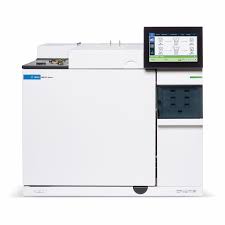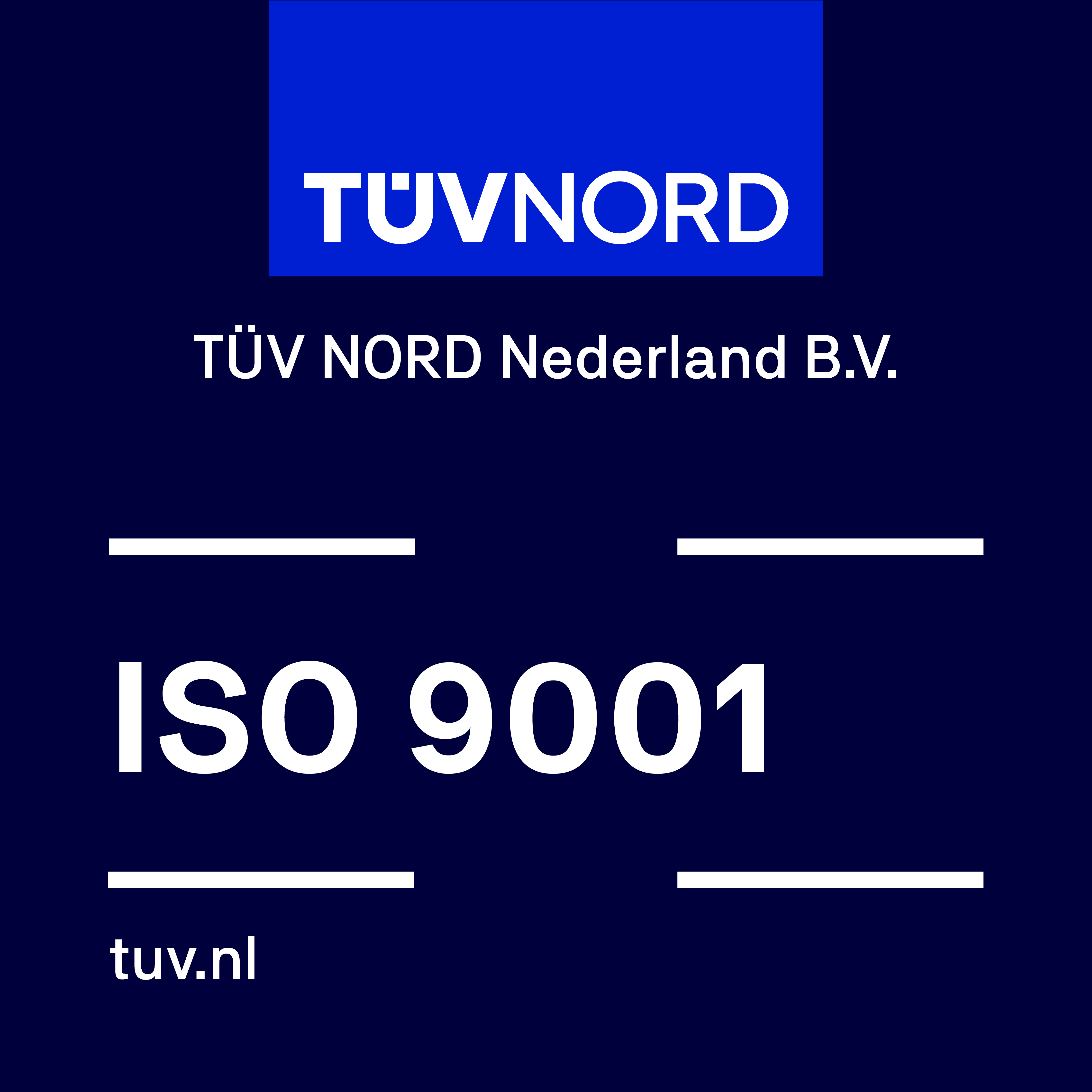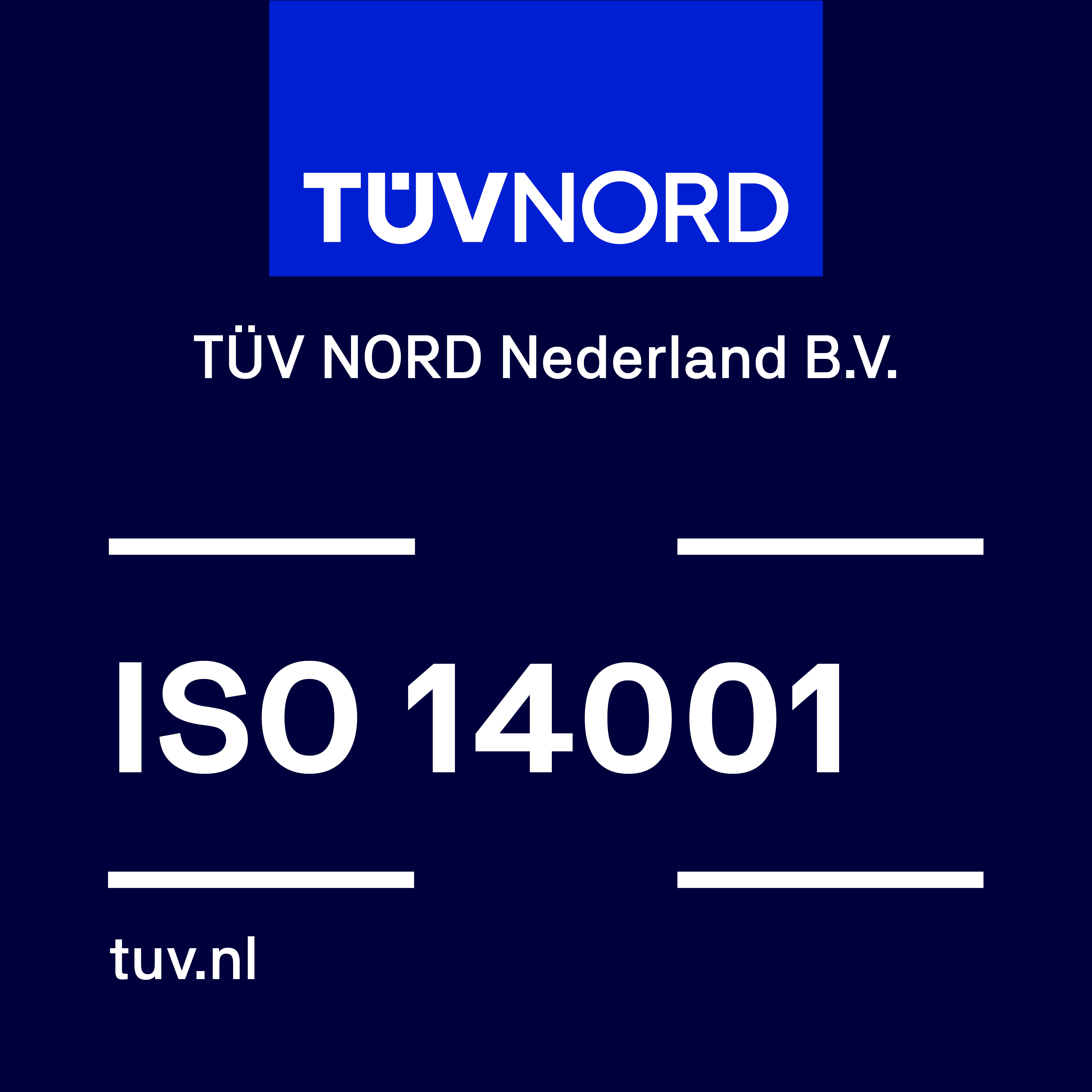Agilent 8890 GC-system
The 8890 GC system boasts built-in intelligence enabling remote connectivity, allowing you to monitor your system from home, the office, or any remote location. Autonomous and user-initiated system checks monitor the system status, alert you to potential issues, and provide tools to quickly resolve them to maximize uptime. Guided maintenance offers step-by-step instructions for routine procedures. The sixth-generation electronic pneumatic control (EPC) allows for autonomous diagnostic tests such as leak checks and features an architecture that protects against gas contaminants like particles, water, and oil, enhancing system reliability and longevity.

Key Features:
- Remote Connectivity: The browser interface offers remote connectivity, allowing you to monitor your GC system, check system logs, and perform diagnostic tests both inside and outside the lab.
- Touchscreen Interface: The touchscreen provides a visual report of the system configuration, enabling you to update methods and sequences, perform maintenance routines, and check instrument status.
- Built-in Intelligence: The system autonomously monitors its functionality, alerts users to potential issues before they affect performance, and provides convenient step-by-step guides for troubleshooting.
- Advanced EPC Architecture: The unique six-channel microchannel-based EPC architecture significantly improves reliability and lifespan against gas contaminants like particles, water, and oils, extending the lifespan of instrument consumables.
- Capillary Flow Technology (CFT): CFT provides unique gas flow connections for multidimensional gas chromatography (GC x GC / Deans Switch), comprehensive two-dimensional gas chromatography (GC x GC) with flow modulation, and backflushing at the start, middle, or end of an analytical column, all mounted within the oven with very low thermal mass.
- Single-Filament TCD: Requires no separate reference gas or manual potentiometer adjustment but still provides a stable baseline with minimal signal drift commonly seen with valve switching.
- Auto-ranging FID: Offers the ability to detect and quantify from percentage levels down to parts per billion (ppb) in a single injection.
- Sulfur or Nitrogen Chemiluminescence Detector: Provides low ppb detection, equimolar response, and quantification for sulfur or nitrogen contaminants without matrix quenching.
- Cost-Saving Advanced EPCs: Features like the Helium Conservation Module, Hydrogen Sensors, and Alternate Carrier Gas Solutions drastically reduce helium usage, offering both flexibility and enhanced safety in your laboratory.
For more information, please fill out the contact form, and our experts will get in touch with you as soon as possible.







